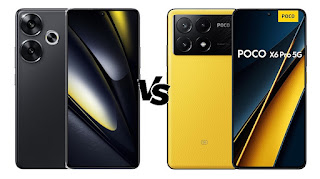Vivo S19 vs S19 Pro: Which One Should You Get?

Vivo is rumored to be launching the S19 and S19 Pro soon, both aimed at users who prioritize style, selfies, and long battery life. But with two models to choose from, which one is right for you? Let's break down the key differences between the Vivo S19 and S19 Pro to help you decide. Display and Design: Both the Vivo S19 and S19 Pro feature a 6.78-inch OLED display with a 120Hz refresh rate, promising smooth visuals and vibrant colors. The S19 opts for a flat display, while the S19 Pro goes for a more premium look with a curved-edge screen. This subtle difference may appeal to users who prefer a more immersive viewing experience. Performance: The Vivo S19 Pro packs a punch with the MediaTek Dimensity 9200+ processor, which is expected to be a top-of-the-line chipset for performance and power efficiency. The Vivo S19 opts for the Qualcomm Snapdragon 7 Gen 3, which is a capable mid-range processor. While both can handle everyday tasks, gamers and power users might prefer the extra p














